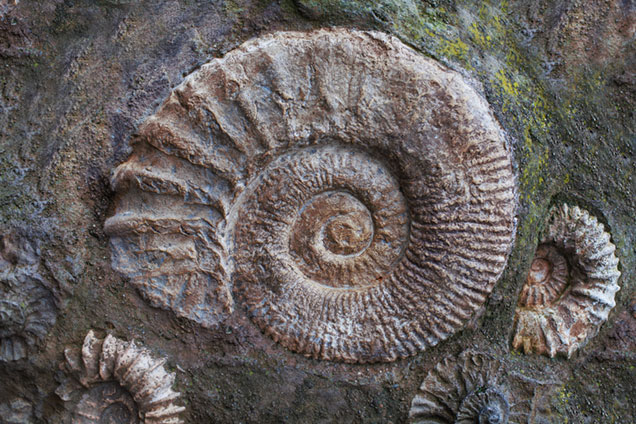It is very difficult for something in our world to be fossilized.
What happens to a dead animal?
Critters and scavengers eat it, and exposure, worms, bugs and bacteria cause it to rot and decay, and eventually no remains are left behind-and it happens fast. From all the millions of buffalo that used to roam the great plains, we have never found one buffalo (or bison) fossil . . . it takes very special conditions . . . here’s what you need:
- Fast coverage by sediments so scavengers and bacteria can’t eat it
- Deep coverage by sediment so no oxygen is present to start decay
- Lots of water so the minerals can seep into the bone
- Lots of minerals in the mudflows for cell replacement
What event in history had fast, deep coverage with lots of mineral-rich water? The Flood of Noah’s time, nearly 4,350 years ago. Coal seams and fossils are reminders to Christians–or at least they should be–that God punishes sin.
Every time a dinosaur bone is dug up, it reminds us of God’s judgement and God’s mercy; fossilized dinosaur bones are really missionaries to the world.
Another Confirmation of a Young Earth
If this incredible, cataclysmic, globe-covering, year-long Flood of Noah’s day really happened, what would you expect to find? Answer: Billions of dead things, buried in rock layers, laid down by water all over the earth. What do we actually find? Billions of dead things, buried in rock layers, laid down by water, all over the earth! We even find them on top of all the tallest mountain ranges in the world—including the Himalayas–under the ice and snow, even on all seven continents and Greenland (also under the ice and snow), and even some remnants under the 1-2 mile thick Antarctic ice.
Don’t forget the amazing recent discoveries of still-soft, unfossilized dinosaur tissues discovered in the last 2 decades (and one famous Hadrosaur a century ago in Wyoming), with soft intact elastic and connective tissue, muscle fibers, and reddish mushy bone marrow with intact hemoglobin-obviously indicative of young age. And even more recently, fragile, still-intact DNA fragments have been found. There is no conceivable way these sensitive organic compounds could be millions of years old, but maybe thousands if buried quickly and catastrophically in a massive mud-flow event, where oxygen, burrowing critters and bacteria are kept out.
These soft-tissue dino finds scream YOUNG earth.
Written by : Dr. Robin Johnson
Dr. Robin Johnson’s love of geography, the natural world and the outdoors as well as enthusiasm for learning about history and science—particularly paleontology— has led him to research these interrelated topics and share his findings with others. Read my complete bio.




